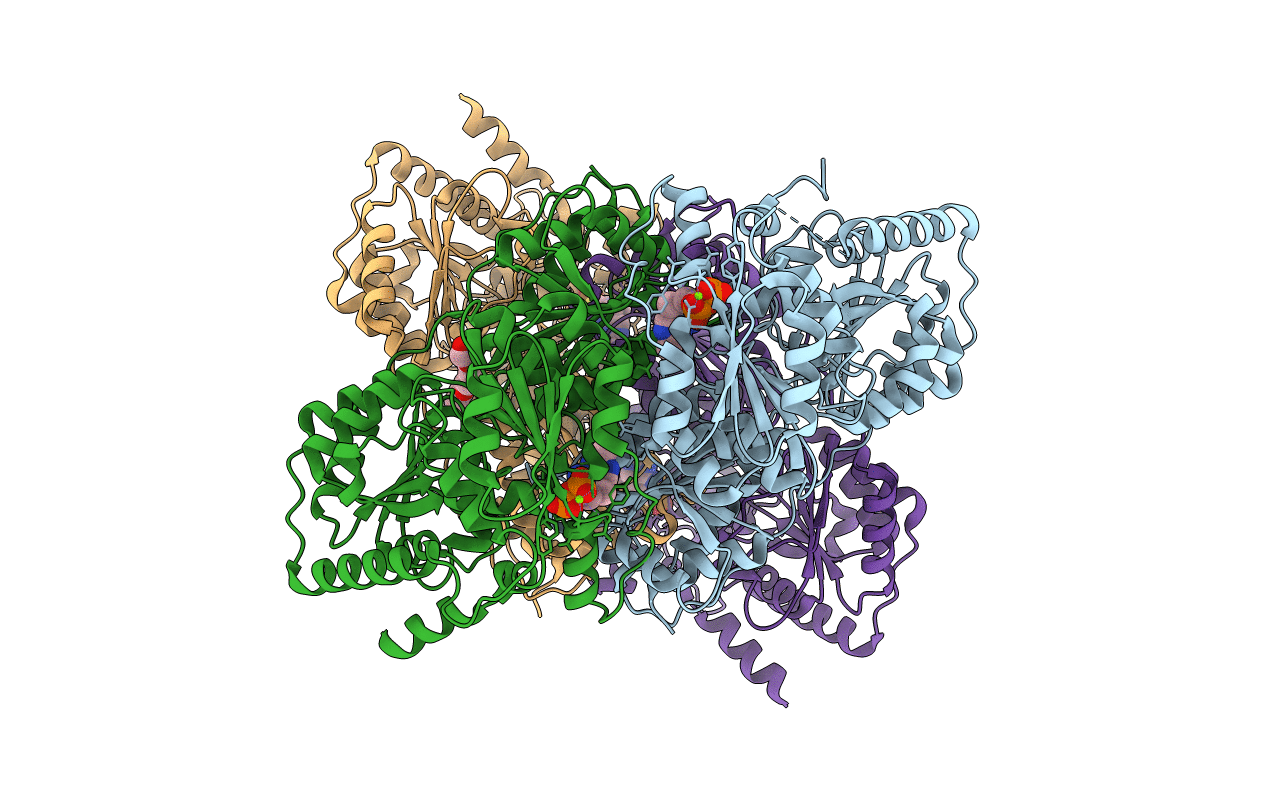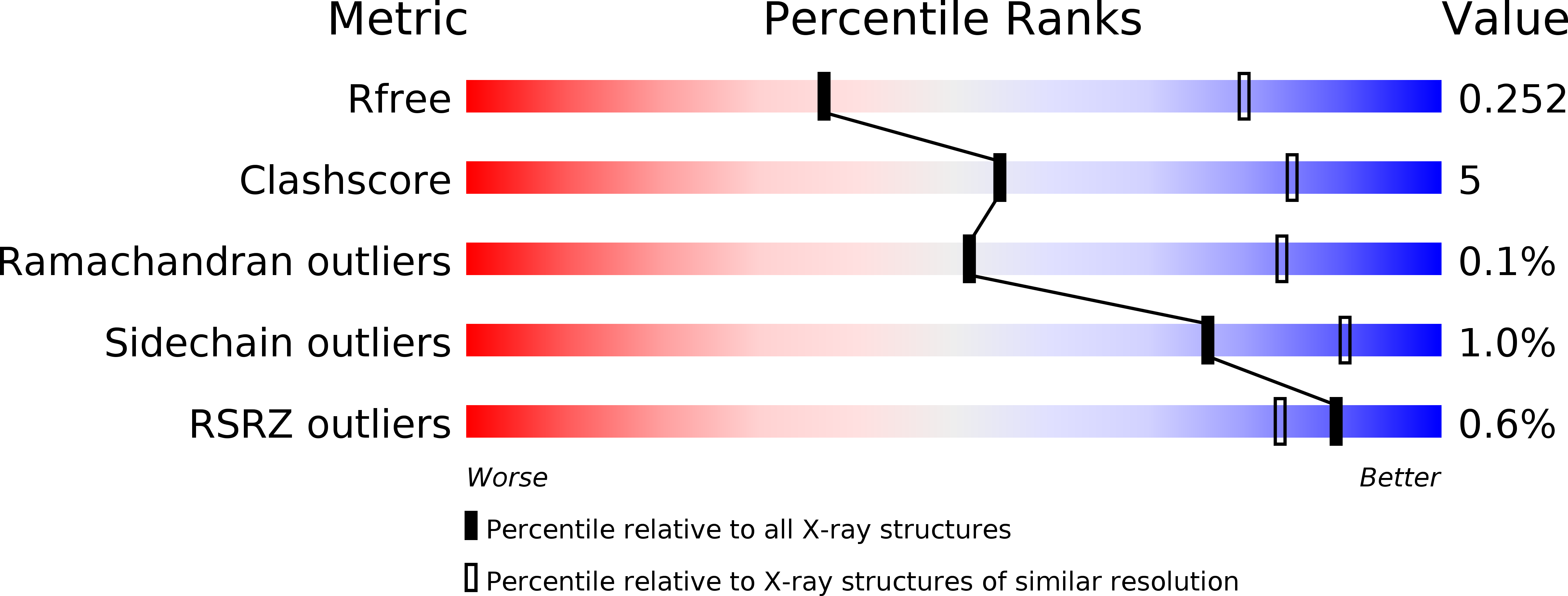
Deposition Date
2014-10-09
Release Date
2014-10-22
Last Version Date
2023-09-20
Entry Detail
PDB ID:
4RJI
Keywords:
Title:
Acetolactate synthase from Bacillus subtilis bound to ThDP - crystal form I
Biological Source:
Source Organism:
Bacillus subtilis (Taxon ID: 1415167)
Host Organism:
Method Details:
Experimental Method:
Resolution:
3.20 Å
R-Value Free:
0.25
R-Value Work:
0.18
R-Value Observed:
0.19
Space Group:
P 41 21 2


